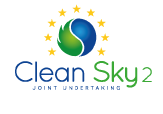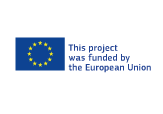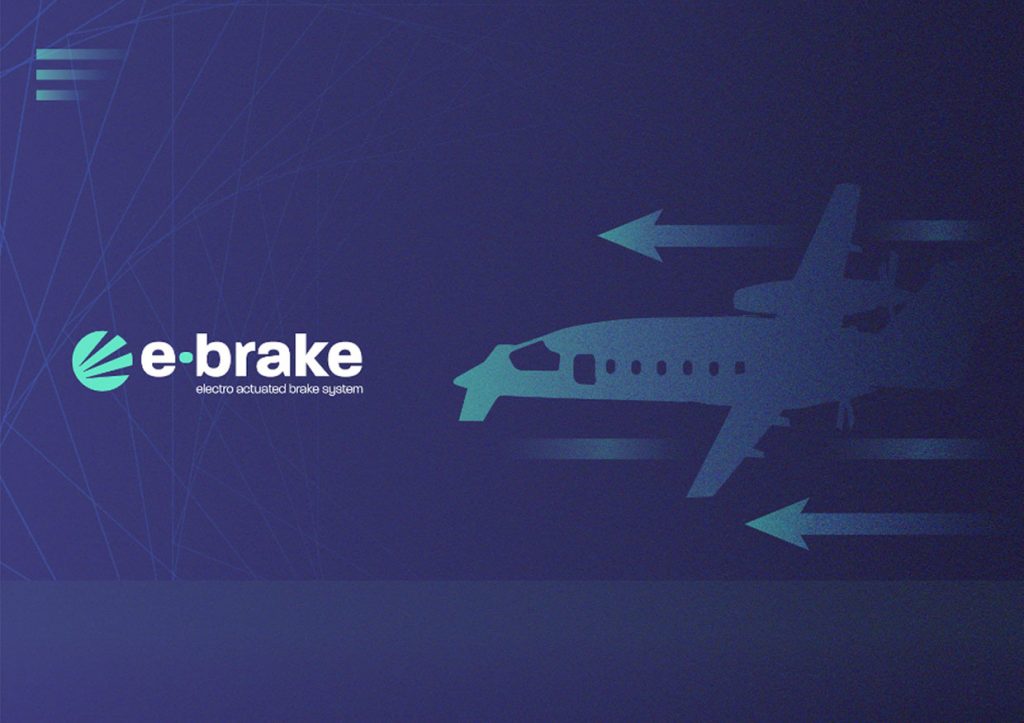

Clean Sky is the most ambitious aeronautical research programme ever launched in Europe. A Public Private Partnership between the European Commission and the European aeronautics industry, Clean Sky coordinates research and innovation between industrial leaders, universities, research centres and SMEs.Clean Sky 2’s budget is €4 billion: €1.8 billion from the European Commission (from the Horizon 2020 programme budget); €2.2 billion from industrial partners; €1 billion from additional activities not included in the JTI work plan but which support the achievements of its objectives.
Develop new technologies to reduce CO2 and other gas emissions from aircraft and reduce noise.
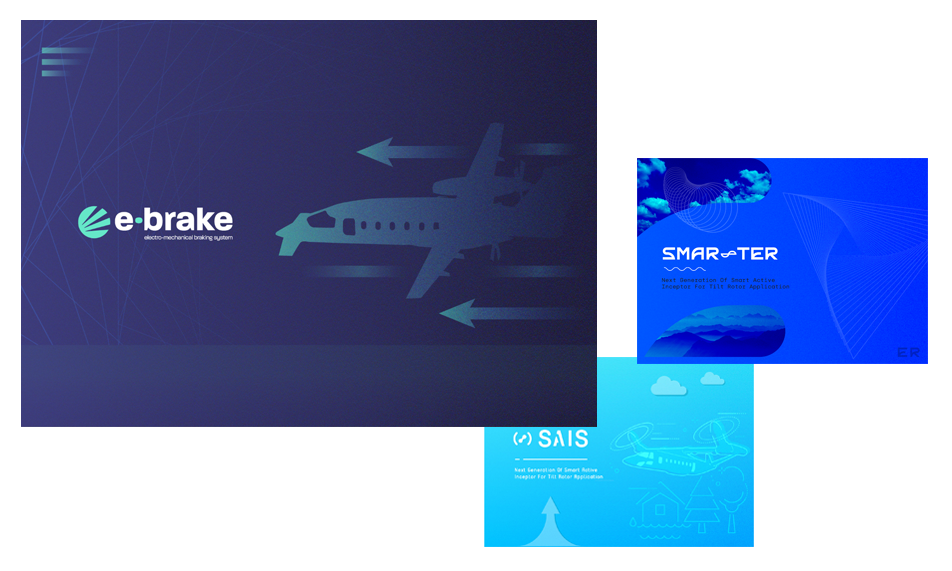

Milestone
Preliminary
Design Review
Critical
Design Review
Test Readiness
Review
Project
Clousure
Milestone
Preliminary
Design Review
Critical
Design Review
Test Readiness
Review
Project Clousure
Partners
Mare Group joins to European “Clean Sky 2” projects with 2 companies of the group:
Mare Engineering SpA as project coordinator and Linup srl as technological partner.










Demonstrators
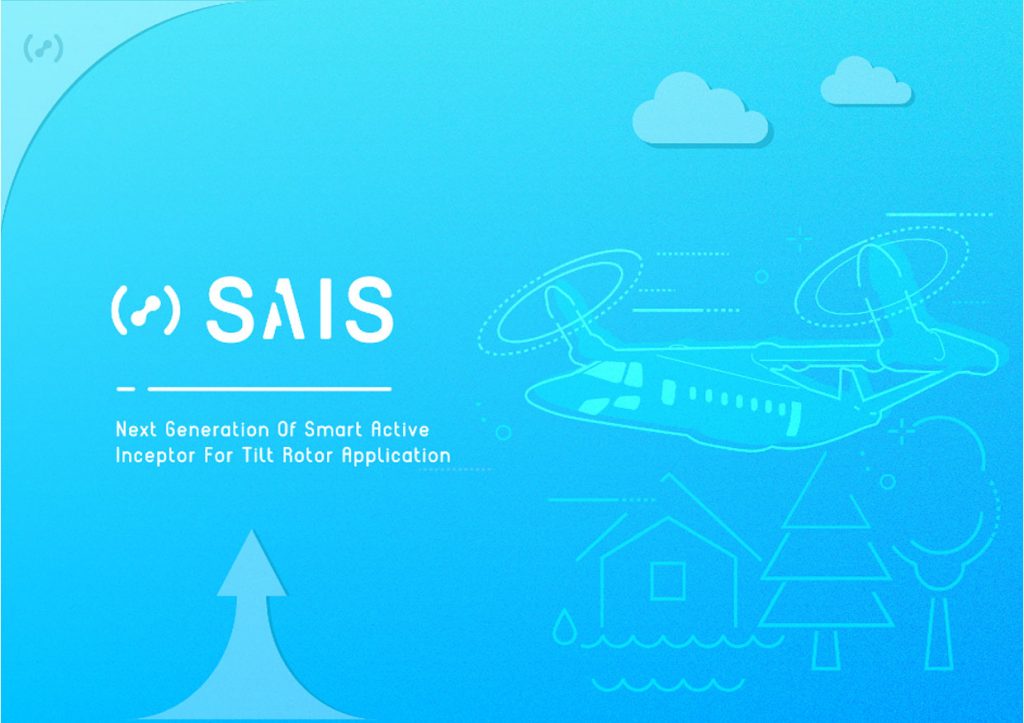
Small Air Transport
(SAT)
The Small Air Transport (SAT) is a Transversal Activity (TA) in the frame of Clean Sky 2 research project. SAT deals with small general aviation and commuter/feeder aircraft and their technology needs: ‘fixed wing’ aircraft between 4 and 19 seats.
The SAT Initiative proposed in Clean Sky 2 represents the R&D (Research & Development) interests of European manufacturers of small aircraft used for passenger transport and for cargo transport, belonging to EASA´s CS-23 (European Aviation Safety Agency Certification Specifications-23) regulatory base.
SAT main goal is to meet the Flightpath 2050 target whereby “90% of travellers within Europe are able to complete their journey, door-to-door within 4 hours”, improving overall European air mobility.
To enhance convergence towards an optimal and consistent Green aircraft, three different design loops will be performed by integrating key technologies developed in the frame of Clean Sky 2 Integrated Technology Demonstrators (ITDs):
- Airframe, including topics that influence the overall design of aircraft structures;
- Engines, for all propulsion solutions and power plants;
- Systems, including on all on-board systems, equipment and interaction with the ATS.
Related projects
Progetto | Azienda gruppo Mare |
Mare Engineering |
Next-Generation Civil Tiltrotor
(NGCTR)
This demonstrator is part of the research and development line linked to the Innovative Aircraft Demonstrator Platforms (IADPs) under the Fast Rotorcraft (FRC) platform that aims at new configurations bridging the gap between conventional helicopters and fixed-wing aircraft: both in terms of speed and in terms of range / productivity.
Specifically, two demonstrators belong to this platform:
- The Next-Generation Civil Tiltrotor demonstrator (NGCTR), with end-user Leonardo spa Helicopter Division
- The Compound Rotorcraft demonstrator (aka RACER demonstrator), with end-user Airbus Helicopters sas
The aim of NGCTR is to design, install and demonstrate in flight innovative Civil Tiltrotor technologies enabling future prototype development, and show significant improvement with respect to the current state of the art Tiltrotors.
The primary objectives are to demonstrate the potential to reduce the CO2 and noise footprint, reduce the cost of ownership, and achieve high speed, high efficiency, and high productivity. The technology demonstrator will utilize an existing platform into which innovative technologies will be incorporated, which are scalable to different sizes of aircraft in the future as market requirements demand. The primary focus will be on:
- Advanced wing architecture;
- Tail structure and configuration;
- Non-tilting engine installation with efficient nacelle architecture and split gearbox drivetrain;
- Advanced Flight Control with a modular, distributed and scalable flight control system.
Related projects
Progetto | Azienda gruppo Mare |
DEFENDER | Step Sud Mare |
T-WING | Step Sud Mare |
Mare Engineering | |
Mare Engineering |
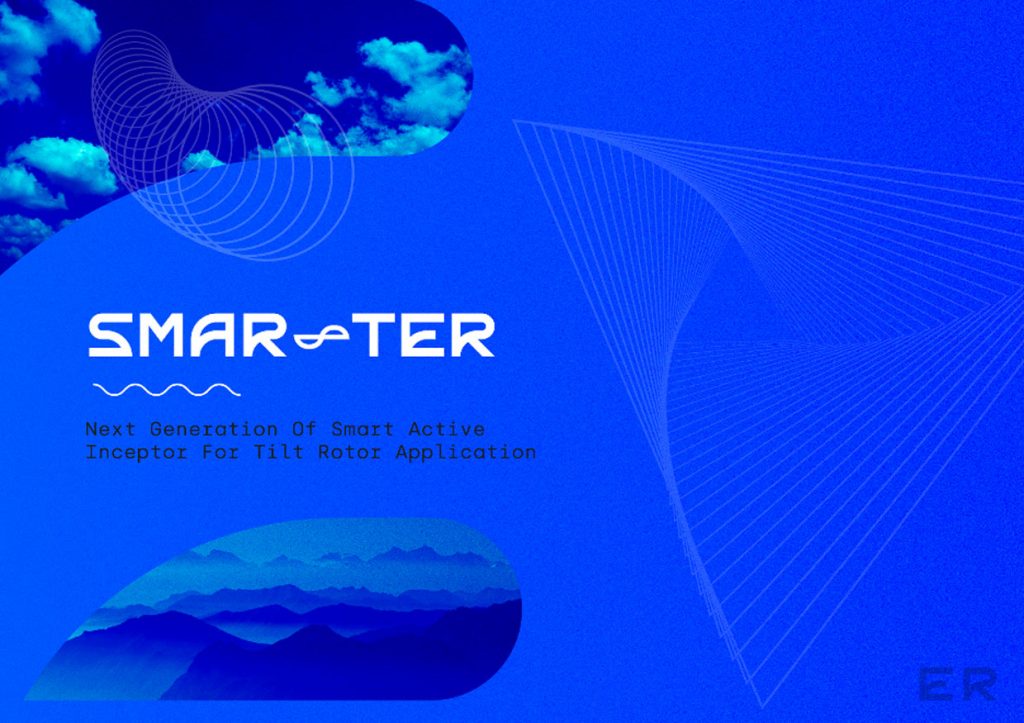
RACER
demonstrator
This demonstrator is part of the research and development line linked to the Innovative Aircraft Demonstrator Platforms (IADPs) under the Fast Rotorcraft (FRC) platform that aims at new configurations bridging the gap between conventional helicopters and fixed-wing aircraft: both in terms of speed and in terms of range / productivity.
Specifically, two demonstrators belong to this platform:
- The Next-Generation Civil Tiltrotor demonstrator (NGCTR), with end-user Leonardo spa Helicopter Division
- The Compound Rotorcraft demonstrator (aka RACER demonstrator), with end-user Airbus Helicopters sas
The RACER high speed research helicopter aims to demonstrate in flight that the compound rotorcraft configuration, implementing and combining cutting-edge technologies from the current Clean Sky 2 Programme, can open up new mobility roles that neither conventional helicopters nor fixed wing aircraft can currently cover in a way sustainable for both the operators and the industry. The project will ultimately demonstrate the capability to combine the following capabilities: payload capacity, high manoeuvrability, agility in vertical flight including capability to land on unprepared surfaces near obstacles and to load/unload rescue personnel and victims while hovering; long range, high cruise speed, low fuel consumption and emissions, low community noise impact, and high productivity for operators.
The RACER project essentially consists of the following main activities and deliveries:
- Airframe structure and landing system: Advanced composite or hybrid metallic/composite construction, featuring low weight and aerodynamic efficiency;
- Lifting rotor and propellers: Low drag hub, pylon and nacelles, flight test of 3D-optimised blade design;
- Drive train and power plant: New drive-train architecture and engine installation optimised for the RACER configuration;
- On board energy, cabin and mission systems: Implementation of the more electrical rotorcraft concept to minimise power off-takes from the engines and drive system;
- Flight control, guidance and navigation: Smart flight control exploiting additional control degrees of freedom inherent to RACER configuration for best fuel economy and quieter flight;
- RACER Demonstrator overall design, integration and testing.
Related projects
Progetto | Azienda gruppo Mare |
ANGELA | M&S Engineering |
Demonstrators

Small Air Transport (SAT)
The Small Air Transport (SAT) is a Transversal Activity (TA) in the frame of Clean Sky 2 research project. SAT deals with small general aviation and commuter/feeder aircraft and their technology needs: ‘fixed wing’ aircraft between 4 and 19 seats.
The SAT Initiative proposed in Clean Sky 2 represents the R&D (Research & Development) interests of European manufacturers of small aircraft used for passenger transport and for cargo transport, belonging to EASA´s CS-23 (European Aviation Safety Agency Certification Specifications-23) regulatory base.
SAT main goal is to meet the Flightpath 2050 target whereby “90% of travellers within Europe are able to complete their journey, door-to-door within 4 hours”, improving overall European air mobility.
To enhance convergence towards an optimal and consistent Green aircraft, three different design loops will be performed by integrating key technologies developed in the frame of Clean Sky 2 Integrated Technology Demonstrators (ITDs):
- Airframe, including topics that influence the overall design of aircraft structures;
- Engines, for all propulsion solutions and power plants;
- Systems, including on all on-board systems, equipment and interaction with the ATS.
Related projects
Progetto | Azienda gruppo Mare |
Mare Engineering |
Next-Generation Civil Tiltrotor (NGCTR)
This demonstrator is part of the research and development line linked to the Innovative Aircraft Demonstrator Platforms (IADPs) under the Fast Rotorcraft (FRC) platform that aims at new configurations bridging the gap between conventional helicopters and fixed-wing aircraft: both in terms of speed and in terms of range / productivity.
Specifically, two demonstrators belong to this platform:
- The Next-Generation Civil Tiltrotor demonstrator (NGCTR), with end-user Leonardo spa Helicopter Division
- The Compound Rotorcraft demonstrator (aka RACER demonstrator), with end-user Airbus Helicopters sas
The aim of NGCTR is to design, install and demonstrate in flight innovative Civil Tiltrotor technologies enabling future prototype development, and show significant improvement with respect to the current state of the art Tiltrotors.
The primary objectives are to demonstrate the potential to reduce the CO2 and noise footprint, reduce the cost of ownership, and achieve high speed, high efficiency, and high productivity. The technology demonstrator will utilize an existing platform into which innovative technologies will be incorporated, which are scalable to different sizes of aircraft in the future as market requirements demand. The primary focus will be on:
- Advanced wing architecture;
- Tail structure and configuration;
- Non-tilting engine installation with efficient nacelle architecture and split gearbox drivetrain;
- Advanced Flight Control with a modular, distributed and scalable flight control system.
Related projects
Progetto | Azienda gruppo Mare |
DEFENDER | Step Sud Mare |
T-WING | Step Sud Mare |
Mare Engineering | |
Mare Engineering |

RACER demonstrator
This demonstrator is part of the research and development line linked to the Innovative Aircraft Demonstrator Platforms (IADPs) under the Fast Rotorcraft (FRC) platform that aims at new configurations bridging the gap between conventional helicopters and fixed-wing aircraft: both in terms of speed and in terms of range / productivity.
Specifically, two demonstrators belong to this platform:
- The Next-Generation Civil Tiltrotor demonstrator (NGCTR), with end-user Leonardo spa Helicopter Division
- The Compound Rotorcraft demonstrator (aka RACER demonstrator), with end-user Airbus Helicopters sas
The RACER high speed research helicopter aims to demonstrate in flight that the compound rotorcraft configuration, implementing and combining cutting-edge technologies from the current Clean Sky 2 Programme, can open up new mobility roles that neither conventional helicopters nor fixed wing aircraft can currently cover in a way sustainable for both the operators and the industry. The project will ultimately demonstrate the capability to combine the following capabilities: payload capacity, high manoeuvrability, agility in vertical flight including capability to land on unprepared surfaces near obstacles and to load/unload rescue personnel and victims while hovering; long range, high cruise speed, low fuel consumption and emissions, low community noise impact, and high productivity for operators.
The RACER project essentially consists of the following main activities and deliveries:
- Airframe structure and landing system: Advanced composite or hybrid metallic/composite construction, featuring low weight and aerodynamic efficiency;
- Lifting rotor and propellers: Low drag hub, pylon and nacelles, flight test of 3D-optimised blade design;
- Drive train and power plant: New drive-train architecture and engine installation optimised for the RACER configuration;
- On board energy, cabin and mission systems: Implementation of the more electrical rotorcraft concept to minimise power off-takes from the engines and drive system;
- Flight control, guidance and navigation: Smart flight control exploiting additional control degrees of freedom inherent to RACER configuration for best fuel economy and quieter flight;
- RACER Demonstrator overall design, integration and testing.
Related projects
Progetto | Azienda gruppo Mare |
ANGELA | M&S Engineering |
Newsletter
Subscribe to the newsletter to be always informed about the European Clean Sky Projects, receive invitations to events and seminars, preview reports and publications on the results achieved.
